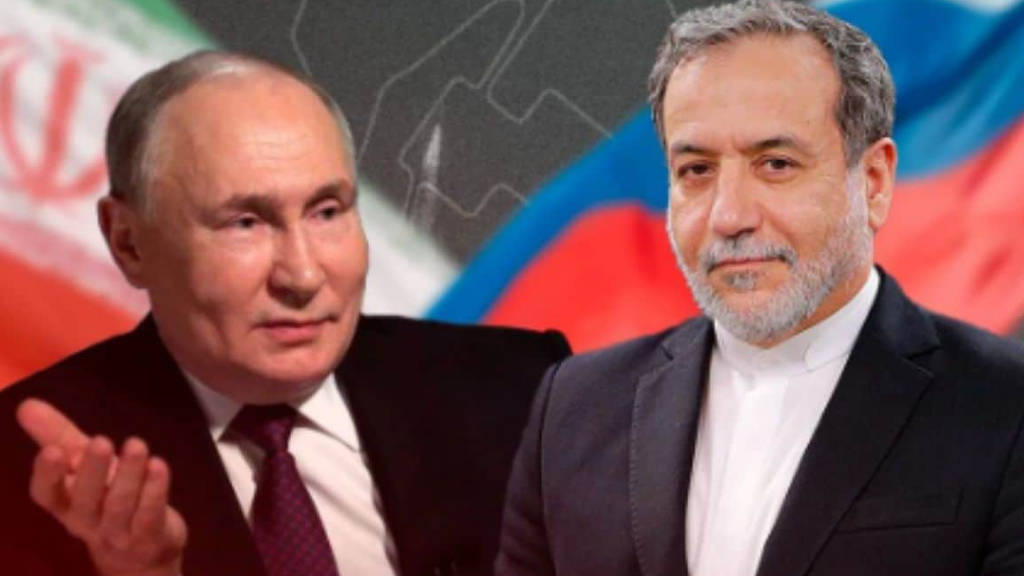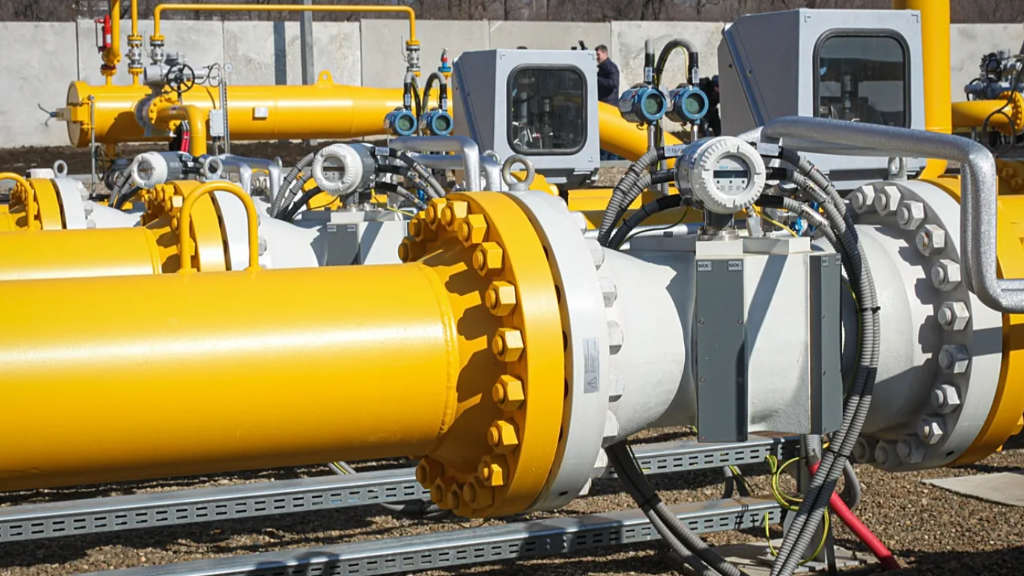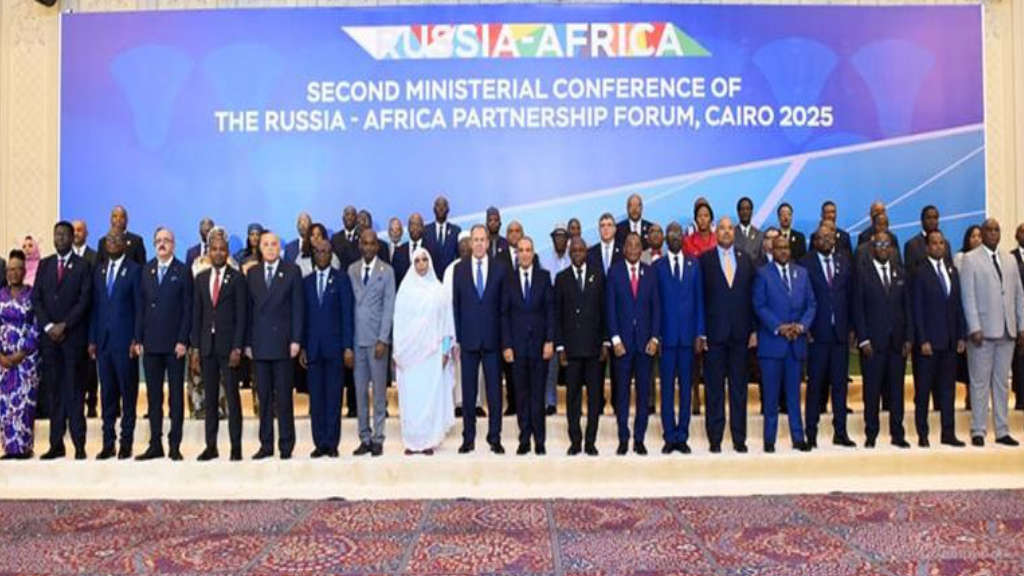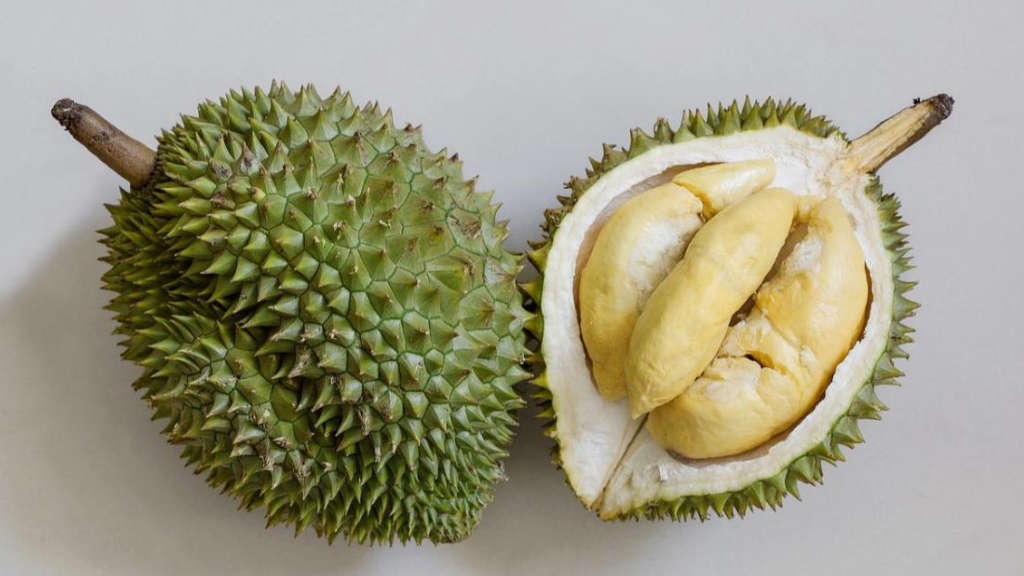The Russian President is to hold meetings with the Iranian Foreign Minister, Abbas Araghchi in Moscow to discuss the latest developments as concerns the Israeli and American attacks on Iran’s nuclear facilities on Saturday (June 21). There have been disputed accounts over the actual damage caused, with US President Donald Trump declaring “a complete success” while Tehran has played down the damage. Meanwhile, the Iranian Parliament has voted for the closure of the Strait of Hormuz, the key maritime artery that supplies most of Europe with oil and gas supplies.
Araghchi flew to Moscow on Sunday (June 22) and immediately met with Russian officials, emphasizing the “strategic partnership” between Iran and Russia. “We always consult with each other and coordinate our positions.” Further discussions directly with Putin are to be held on Monday (June 23).
The initial reaction to the United States attacks appears to have been the potential closure of the Strait of Hormuz, the maritime route that is in international waters but can be effectively controlled by the Iranian military. Iran’s Parliament has approved the closing of the Strait, although the final decision will be taken by the Iranian Supreme National Security Council, possibly after discussions with Putin. However, it is notable that Hossein Shariatmadari, the Iranian Supreme Leader Ali Khamenei’s representative, reportedly called for closing the Strait of Hormuz to American, British, German, and French ships.
The European Commission just last week proposed placing a price cap of US$45 on Russian oil. But prices have already begun to rise under the possibly of Iranian retaliation. They are likely to jump still further come the opening of global markets on Monday morning (June 23).
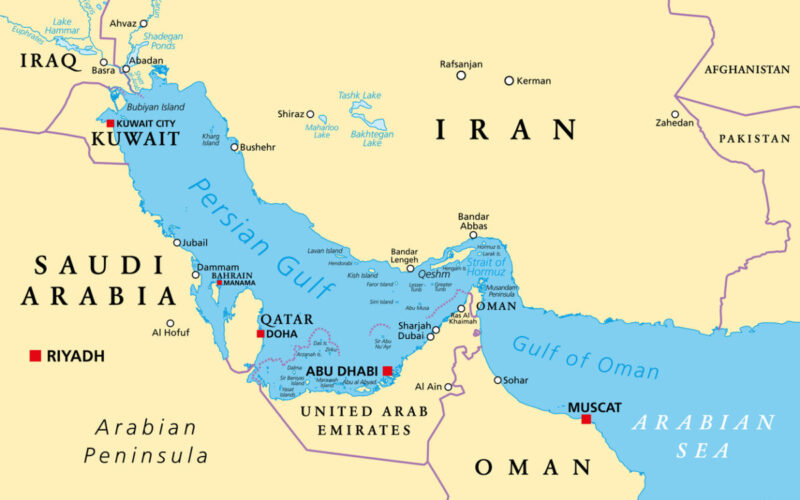
Should Iran close the Strait of Hormuz, the result would radically alter the world’s energy supplies. In addition, Houthi rebels have stated they would also attack Western ships passing through the Red Sea. A third of the world’s liquefied natural gas and almost 25% of total global oil consumption passes through the strait, with the major oil-producing nations of the region – Saudi Arabia, Iraq, UAE, Qatar, Iran, and Kuwait – relying on this passage for their exports. That has significance for the European Union. While an exact figure for EU energy supplies specifically routed through the Strait of Hormuz is difficult to pinpoint, it is generally understood that a significant portion of Europe’s oil and natural gas imports from the Middle East transit through this waterway, including oil and LNG from countries like Saudi Arabia, Qatar, and the UAE, which are key suppliers to Europe.
There is some dispute over how much the major economic regional powers in Asia will be affected. Based on EIA data, Asian nations receive 8% of their supplies through the route, with China and India major customers. However, they have also been storing supplies, to some extent taking advantage of the cheaper oil prices as a partial result of the EC’s previous oil cap at US65 per barrel for Russian crude, one reason why Russian supplies have been constant.
Both China and India will have made provisions for disruptions. But the supply chains cards appear to be held by Russia, which despite sanctions has developed a fleet of oil and gas tankers that have regularly been supplying both countries. Russia has direct pipeline LNG connectivity with China, and has significant shipping operations serving India, including some from the Arctic.
Iran could also decide to allow ships from ‘friendly nations’ – such as China and India, both fellow BRICS partners passage, while restricting movements of Western vessels, although this would undoubtedly mean significant involvement of the Iranian Navy. It should be noted that Russia, China and Iran conducted naval exercises in the Persian Gulf last March.
The fall-out from any closure of the Strait of Hormuz is likely to extend for some time, and especially if it leads to further US military involvement to keep the Strait open. Oil and gas prices can be expected to show immediate price spikes. How Putin and Russia can assist is the key development point for how serious this is for Asia. Europe, meanwhile, will be seen as Trump’s problem to resolve.
Related Reading
Greek Shipping Owners Profiting From Russian Use Crude Oil Tankers

